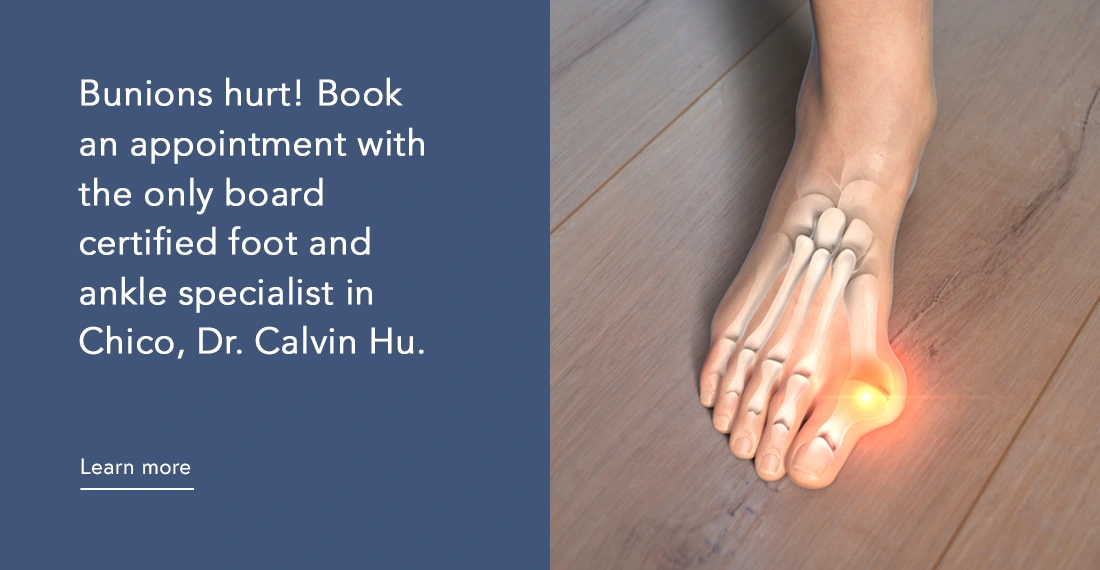Bicep Tendon Tear at Elbow
Tendons are cords of fibrous connective tissue that attach muscle to bone. Each tendon is strong and flexible, like a rope. The biceps muscle has two tendons that attach it to the bones of the shoulder joint and the radius bone at the elbow. The tendon at the elbow is called the distal biceps tendon.
What is a Bicep Tendon Tear?
If the biceps tendon tears at the elbow, it is called a distal biceps tendon tear. In most cases, the tear is complete, meaning that the tendon has pulled away from where it attached to the radial tuberosity. In a complete tear, the muscle detaches from the bone and pulls up toward the shoulder (creating a bulge in the upper part of the arm).
A partial tear is when there is damage to the soft tissue, but the tendon does not detach from the radius bone. Bicep tears or strains are classified by grade, depending upon severity of the injury.
- Grade 1. This is a minor injury that involves overstretching the biceps muscle or tendon, causing micro-tears in the tendon or muscle. Typically, there is no loss of muscle strength or mobility.
- Grade 2. This grade involves a moderate tearing in the biceps muscle or tendon. There will be some loss of mobility or strength and some joint instability.
- Grade 3. This is a complete rupture of the biceps muscle or tendon.
The biceps tendon is unable to reattach on its own, so your doctor may recommend surgery to repair the torn tendon. However, in many cases, people with a torn biceps tendon can still function normally and non-surgical treatments are sufficient to reduce pain and swelling. You have other muscles in your arm that can compensate for the torn distal biceps tendon, but there may be limitations when rotating the forearm from palm down to palm up (supination).
Causes of Bicep Tendon Tear
Even though tendons are tough and flexible, if you overuse them, the tissue in the actual tendon can begin to degrade. Micro-tears can develop in the biceps tendon of people whose occupations or sports involve repetitive motion of the shoulder, arm, or elbow.
Individuals who participate in sports that require throwing, such as baseball or softball, are at risk of developing tendonitis from overuse. In cases of serious or constant overuse, a tendon may fray and eventually tear.
A tendon can also tear as part of an injury. Ruptures commonly occur when there is an unexpected force applied to the bicep muscle. The distal bicep tendon most often tears when the bicep muscle is in a flexed position and forced straight, such as during the act of lifting a heavy object (for example, a couch or large appliance).
Biceps tendon tears at the elbow are uncommon, occurring in only 3 to 5 people per 100,000 each year, with the majority in the dominant elbow of middle-aged men who are smokers. Certain medications, such as corticosteroids and anabolic steroids, may also increase your risk factor.
Symptoms of Bicep Tendon Tear
You may hear or feel a “pop” when a tendon tears, and experience sudden, sharp pain at the elbow (which may subside in a few weeks). Other symptoms include:
- A bruise that appears on the forearm near the elbow.
- A feeling of weakness in the elbow.
- Trouble rotating your arm from a “palm down” to a “palm up” position (supination).
- A change in the contour of the front of your bicep in the upper arm (“Popeye muscle”).
- A gap in the front of the elbow created by the absence of the tendon.
Diagnosis of Bicep Tendon Tear
Particularly in the case of a complete tear, a distal biceps tendon rupture is easily diagnosed on physical examination. Your doctor may perform a hook test, in which they hook their index finger under the intact biceps tendon from the lateral side. If the finger cannot be hooked, the tendon has completely detached from the bone.
Your healthcare provider may order imaging tests such as an x-ray or magnetic resonance imaging (MRI) to evaluate the severity of the injury. An x-ray can help your doctor rule out problems, such as bone fractures, that cause elbow pain. An MRI is better at detecting soft tissue damage, so it can help your doctor more accurately determine if you have a partial or complete tear and where it is located.





